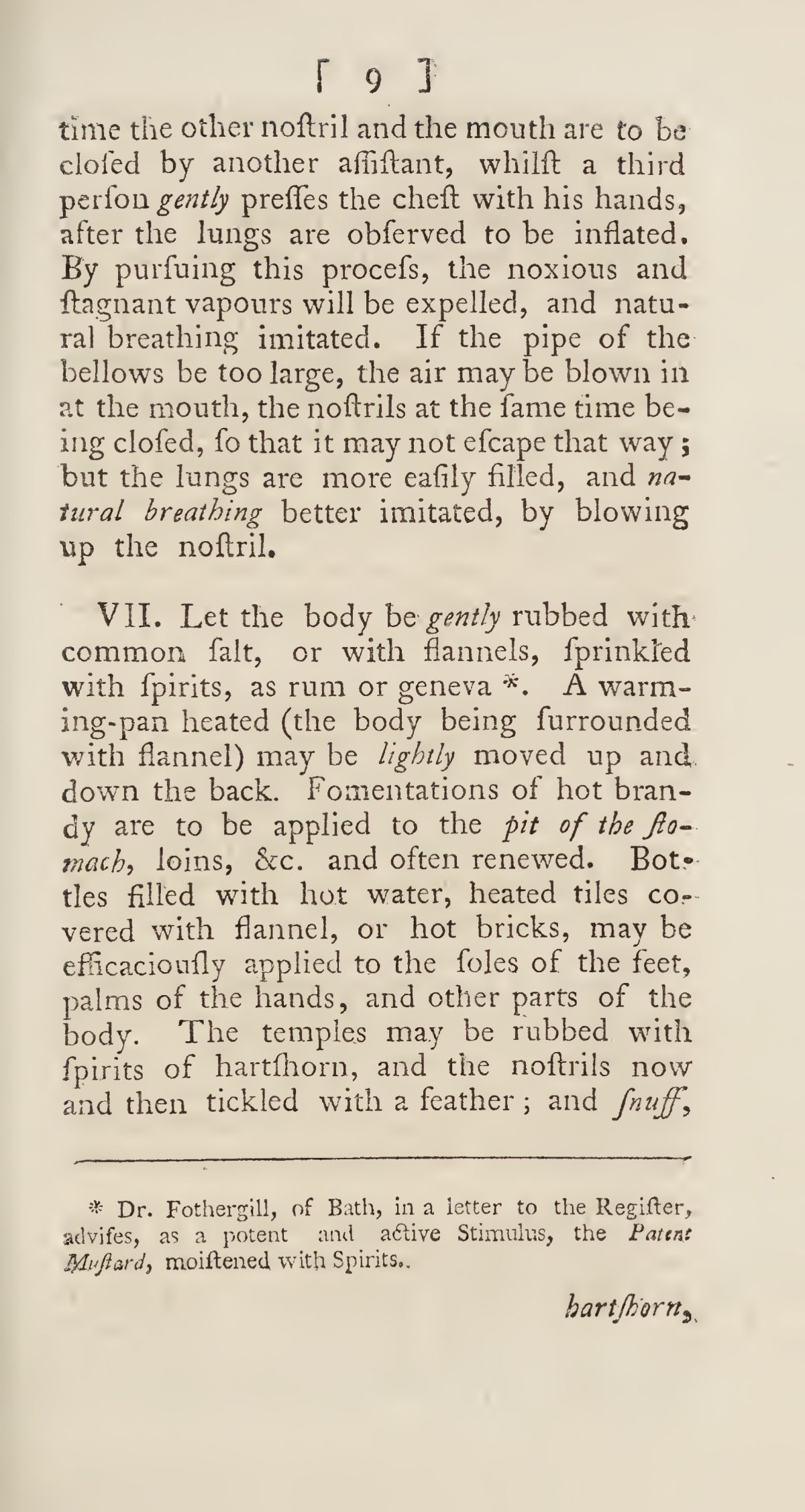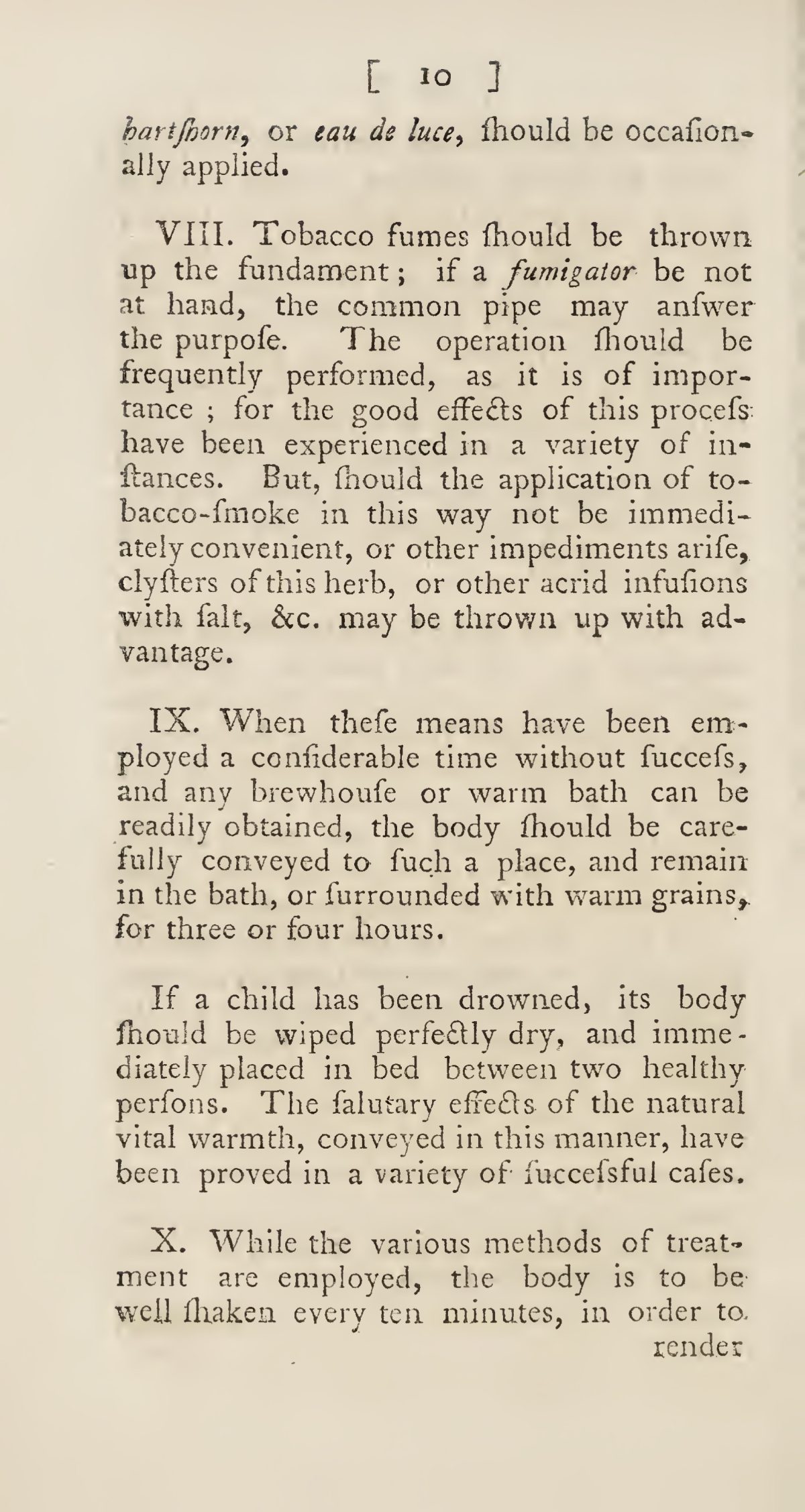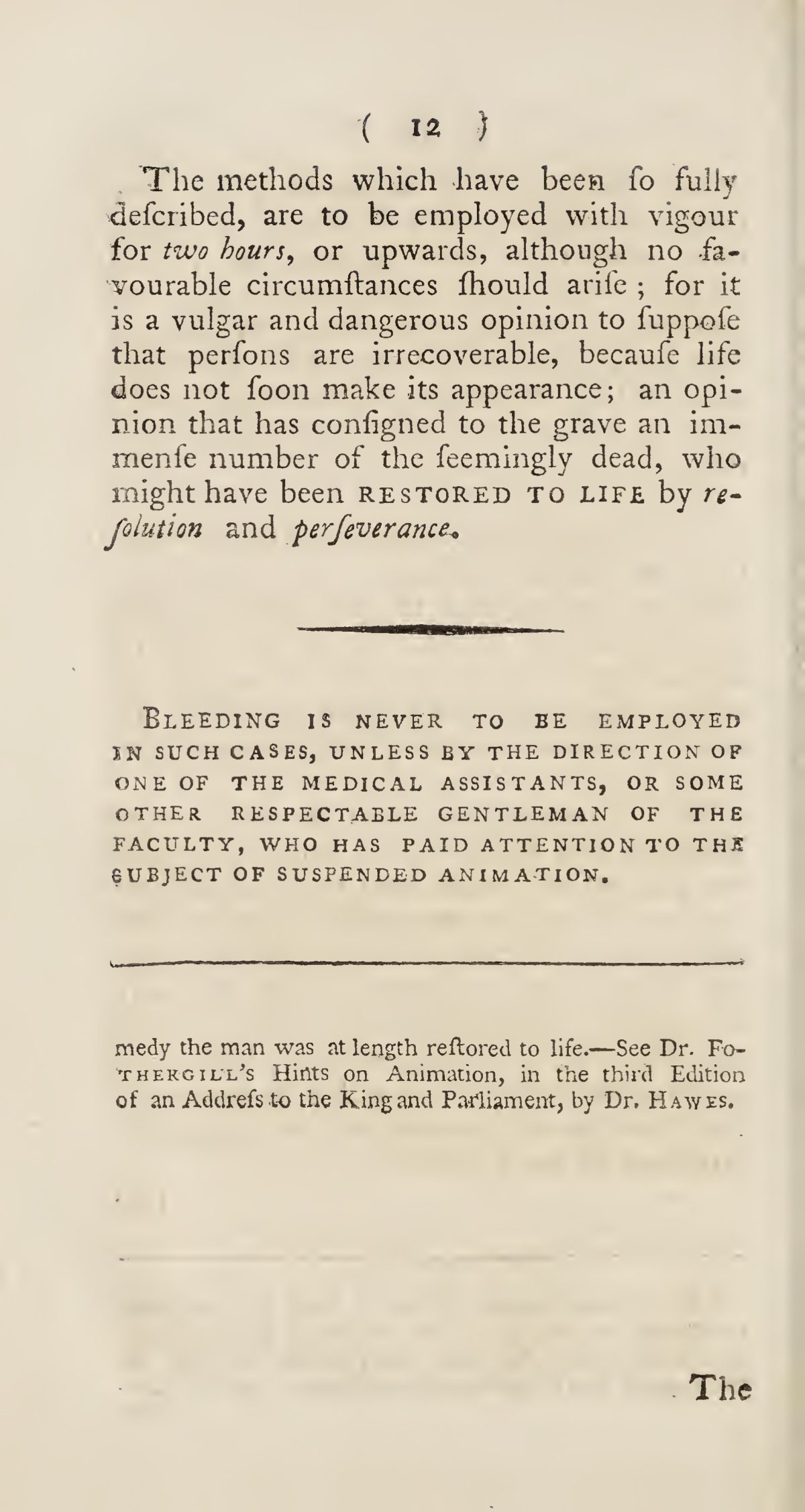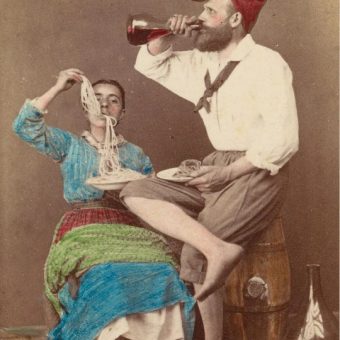
In 1787, the Humane Society advised members that blowing tobacco smoke up the victim’s bum could resuscitate “persons apparently dead from drowning”.
Forget CPR and all that blowing air in the lungs and pumping the chest, the medic of the day should light a pipe and heed the words of René Antoine Ferchault de Réaumur (28 February 1683 – 17 October 1757), as laid out in his booklet Avis pour donner du secours à ceux que l’on croit noyez (Advice to aid those believed drowned).
He takes readers through a variety of methods for raising the dead, including tickling their nose with feathers and filling a drowning man’s mouth with warm urine. Then we get to the Réaumur’s favoured technique: a blow back, in which the medic takes a long puff on their pipe tobacco, pushes the stem into the intestines via the rectum and exhales.
René Antoine Ferchault de Réaumur
In 1747, English printmaker John Fougeron lampooned the treatment in an etching now at the British Museum (above). The accompanying inscription noted that the treatment was approved by the King of France’s physician: “On the shore of a river, a sailor blows smoke up the bottom of a woman who has drowned, while her husband and a small child look on.”
Lest you suppose that Réaumur was fraud who had learnt his trade in a Philadelphia brothel, know that in 1708, at the age of 24, he was nominated by Pierre Varignon (who taught him mathematics) and elected a member of the prestigious Académie des Sciences, where he became prolific.
In 1710, he became chief editor of the Descriptions of the Arts and Trades, a French government project which resulted in the establishment of manufactures new to France and the revival of neglected industries.
In 1731 he became interested in meteorology, and invented the thermometer scale which bears his name: the Réaumur. He divided the fundamental interval between the ice and steam points of water into 80 degrees, fixing the ice point at 0 Degrees and the steam point at 80 degrees. Reaumur also made important discoveries in the fabrication of steel from iron, carried out experiments on the artificial incubation of eggs, and was an authority on the natural history of insects and the manufacture of tin ware.
In 1735, for family reasons, he accepted the post of commander and intendant of the royal and military Order of Saint Louis. His friends took to calling him “the Pliny of the 18th century”, after the Roman author, naturalist, scientist, naval and army commander of the early Roman Empire.
Humane Society for the Recovery of Persons Apparently Dead by Drowning

A man recuperating in bed at a receiving-house of the Royal Humane Society, after resuscitation by W. Hawes and J.C. Lettsom from near drowning. Watercolour by R. Smirke.
The Humane Society in London (now The Royal Humane Society) was created in 1774 after Dutch physicians, inspired by Réaumur, established a society in The Netherlands, where canal drownings were too commonplace, offering educational information and paying “premiums to those who saved the life of a citizen in danger of perishing by water”.
The success of this society encouraged similar social programs across Europe. In Britain, an English translation was commissioned by doctors William Hawes (28 November 1736 – 5 December 1808) and Thomas Cogan (8 February 1736 – 2 February 1818), who founded the Humane Society soon after, announcing “The Plan” in a 1774 pamphlet.
The pamphlet begins:
THE HUMANE SOCIETY was instituted in the year 1774, for the recovery of persons apparently drowned, and has, in the course of thirteen years, been the means of preserving and restoring the lives of eight hundred and ninety-seven persons who otherwise would, in all human possibility, have been lost to the community.
Blowing Tobacco Smoke Up The Fundament
Much of the advice in the pamphlet 12-step guide to saving a drowned person is sage and well considered. However, Part 8 does stand out.
VIII. Tobacco fumes should be thrown up the fundament ; if a fumigator be not at hand, the common pipe may answer the purpose. The operation should be frequently performed, as it is of importance; for the good effects of this process have been experienced in a variety of instances.
But, should the application of tobacco-smoke in this way not be immediately convenient, or other impediments arise, clusters of this herb, or other acrid infusions with salt may be thrown up with advantage.






Via: Royal Humane Society, PDR, Wellcome
Would you like to support Flashbak?
Please consider making a donation to our site. We don't want to rely on ads to bring you the best of visual culture. You can also support us by signing up to our Mailing List. And you can also follow us on Facebook, Instagram and Twitter. For great art and culture delivered to your door, visit our shop.








